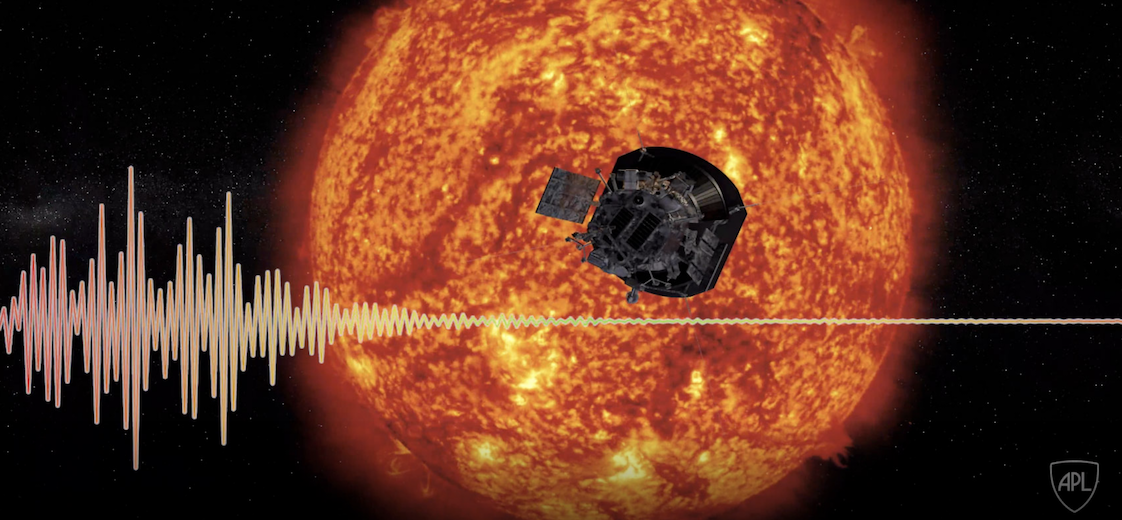Solar wind whistlers
The goal of the project is to study the source of whistler waves in the solar wind and their interaction with the solar wind electrons.

In the upcoming years a major increase in our understanding of the solar wind physics and how the Sun is driving the heliosphere is expected due to, foremost due the arrival of high quality data sets from the recently launched Parker Solar Probe and Solar Orbiter missions. The current project focuses on studying one key aspect of solar wind physics - the role of whistler waves in the solar wind electron physics. It is known from earlier that whistlers should play an important role in controlling the large scale properties of solar wind electrons however there are many open questions on the details of those processes. Using data from the new satellites for the first time one can measure full electromagnetic properties of whistler waves at different distances from the Sun under different solar wind conditions. By making simultaneous hiqh quality electric and magnetic field measurements one can resolve the dispersive properties of the whistler waves and thus resolve the wave-particle interaction mechanisms, including the mechanisms affecting the formation and pitch-angle scattering of thermal and suprathermal electrons. Key regions to be studied are slow and fast solar wind, including stream interaction regions, interplanetary shocks and current sheets.
Funding agency: SNSA 136/19
Publications
Tigik, S. F., Vaivads, A., Malaspina, D. M., & Bale, S. D. (2022). Parker Solar Probe observations of near-fce harmonics emissions in the near-Sun solar wind and their dependence on the magnetic field direction. arXiv preprint arXiv:2205.11356.
